As electric toothbrushes become a standard in personal oral care, consumers are expecting more than just effective cleaning—they demand reliability, safety, and durability. For B2B buyers, this makes electric toothbrush quality control a non-negotiable factor when selecting a manufacturer.
In this blog, we walk through the full quality control process, from incoming materials to final product shipment, with a focus on essential checkpoints like waterproof testing, motor reliability, and functional performance.
Quality begins at the very beginning. Every batch of components, such as ABS/PP plastics, PCB boards, batteries, and motor parts, undergoes rigorous incoming quality inspection (IQC).
Plastic shell parts are checked for uniformity, color consistency, and impact resistance
Electronic components are verified against BOM and tested for compliance
Motors are pre-tested for torque, speed, and noise before assembly
By filtering out defects at the start, we lay a solid foundation for reliable production.
During assembly, in-process quality control ensures that each production step meets required standards. Our trained QC technicians perform inspections at every major stage:
Circuit board mounting
Battery welding and installation
Motor integration into the toothbrush body
Initial functional testing (on/off switch, LED indicators, vibration levels)
One of the most critical steps in electric toothbrush quality control is waterproof testing, since these devices are used in high-moisture environments like bathrooms and showers.
IPX7/IPX8 waterproof standards are applied depending on the model
Units are submerged in water under pressure for 30 minutes
Post-test functionality checks ensure no leakage, short-circuit, or performance drop
Waterproof integrity is essential not just for user safety, but also to protect internal electronics such as the battery and motor.
A toothbrush’s cleaning power heavily depends on motor reliability. To ensure consistent performance:
Testing the motor is to ensure speed stability, vibration strength, and noise control
Long-duration operation tests (e.g., 2–4 hours) simulate extended use
Testing Battery cycles is to verify charge capacity and durability over time
This phase guarantees that the core function of the electric toothbrush—effective brushing—is never compromised, even after months of use.
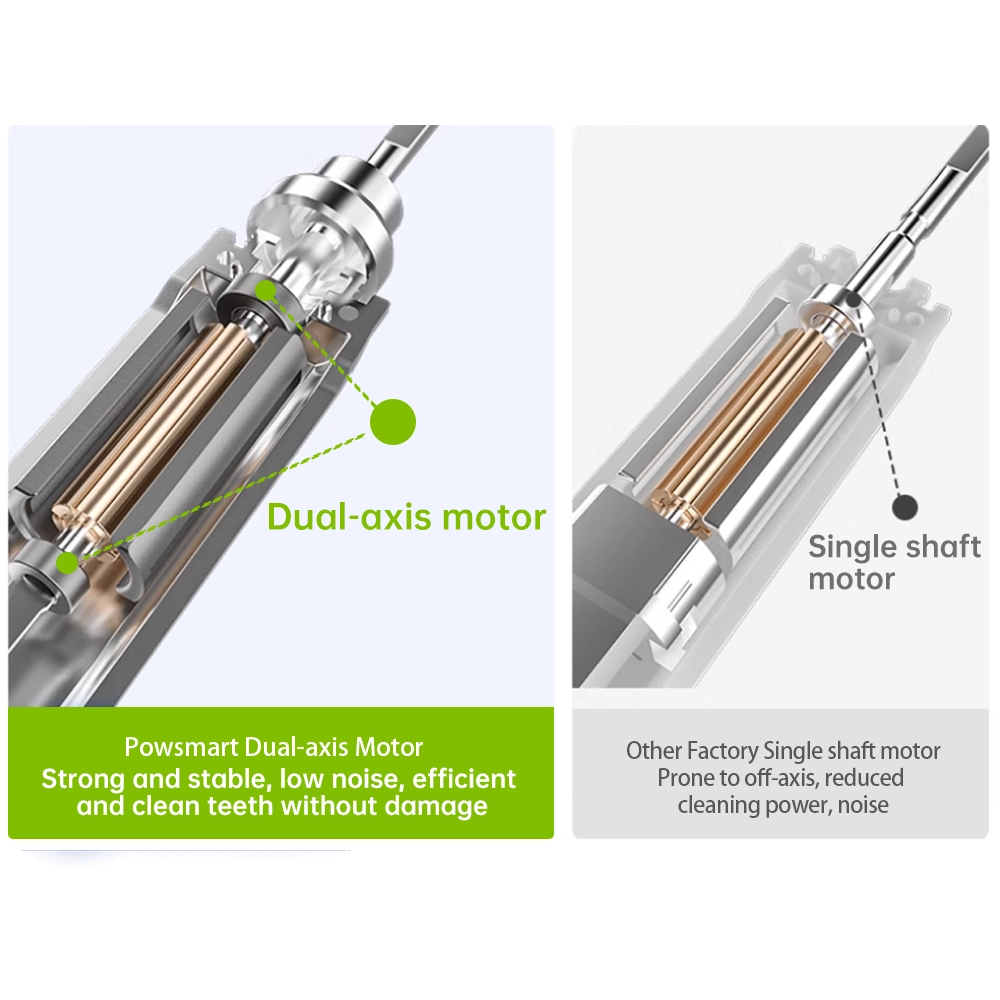
Before packaging, every unit undergoes a final quality check:
Visual inspection for scratches, loose parts, or assembly gaps
Full functional testing (vibration, buttons, LED indicators, charging ports)
Barcode scanning for product traceability
Random drop tests to verify shock resistance during shipping
Only after passing all these inspections does a unit move into packaging and shipment.
For B2B clients, consistent product quality is not just a promise—it’s a brand guarantee. By implementing a comprehensive, multi-stage electric toothbrush quality control process that includes waterproof testing, motor reliability checks, and full functional assessments, professional manufacturers ensure every device performs as expected.
Looking for a dependable electric toothbrush OEM/ODM partner with proven quality control systems? Contact us today to explore how we can support your brand with world-class manufacturing and testing protocols.
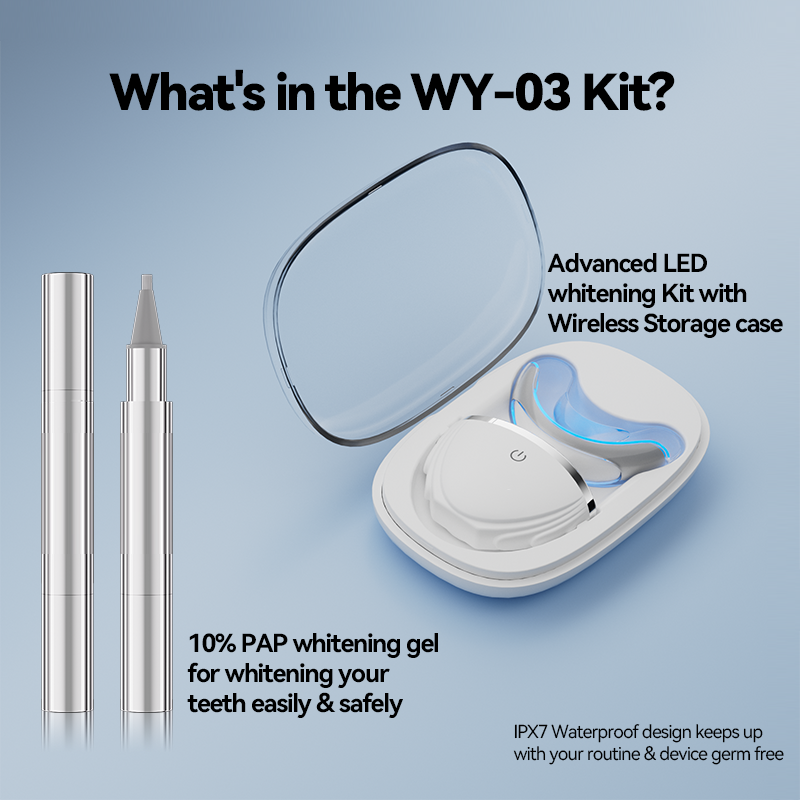
EU vs. US Whitening Gel Regulations for Global Brands
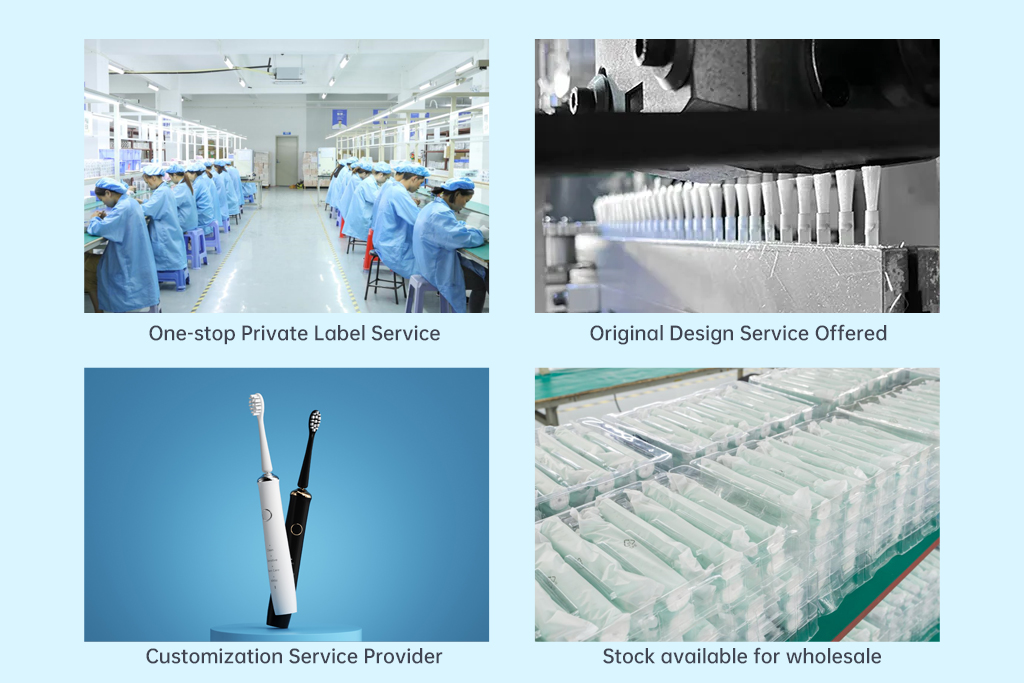
How Can You Turn Your Users into Loyal Users of Your Oral Care Brand?
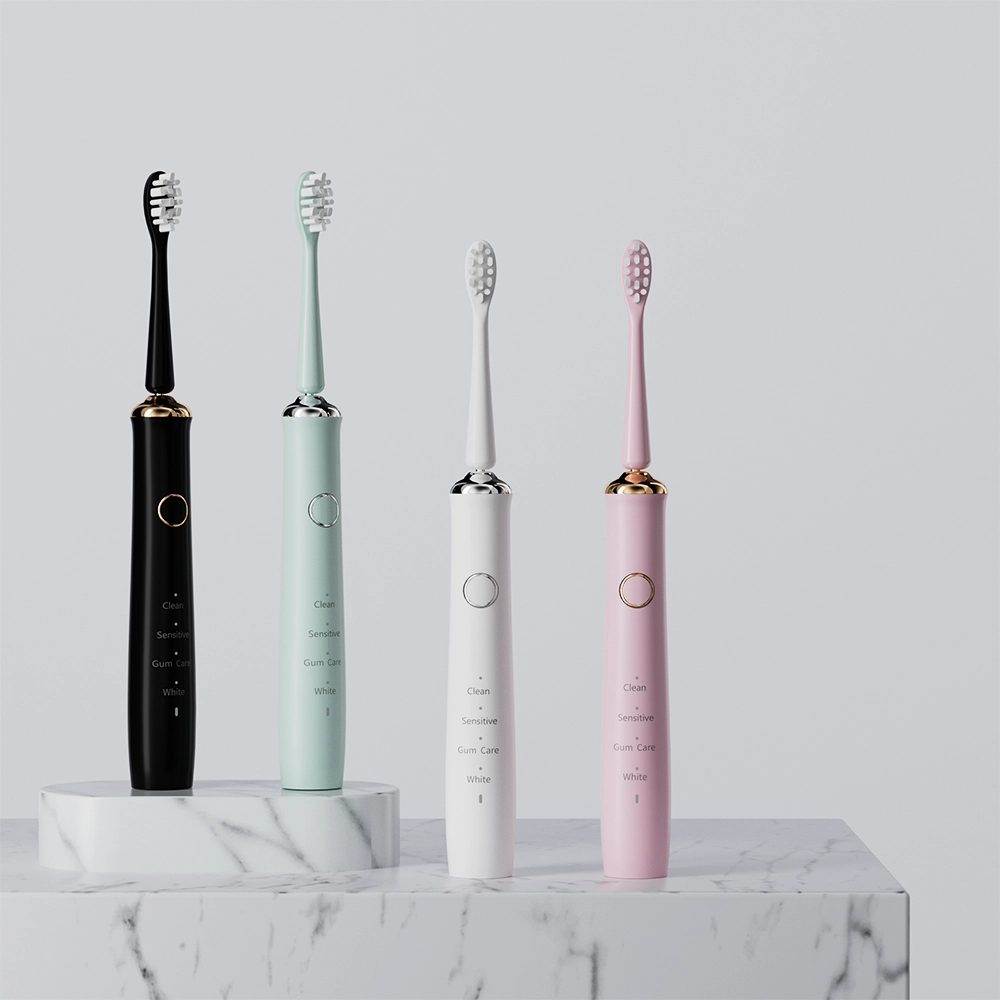
Advantages of a Travel-Size Toothbrush You Should Know
.jpg)
How elderly oral health defines India senior care standards
How Does Battery Leakage Cause Valve Sticking?

Pioneering Innovation in Water Flosser Manufacturing
.jpg)
What makes a toothbrush effective at fighting plaque?
Dental Hygienist Promo Products Supplier | Oral Care Marketing Tools
Battery Overheating Inducing Ear Discomfort – Dangerous?
Tampa Charger Replacement: Reliable Factory-Supplied Power Solutions
Brush Discoloration with Hydrogen Peroxide Burns – Safe to Ignore?
Water Leakage and Base Rust Alarming QC Teams?

How Wireless Tech is Revolutionizing Oral Care Devices
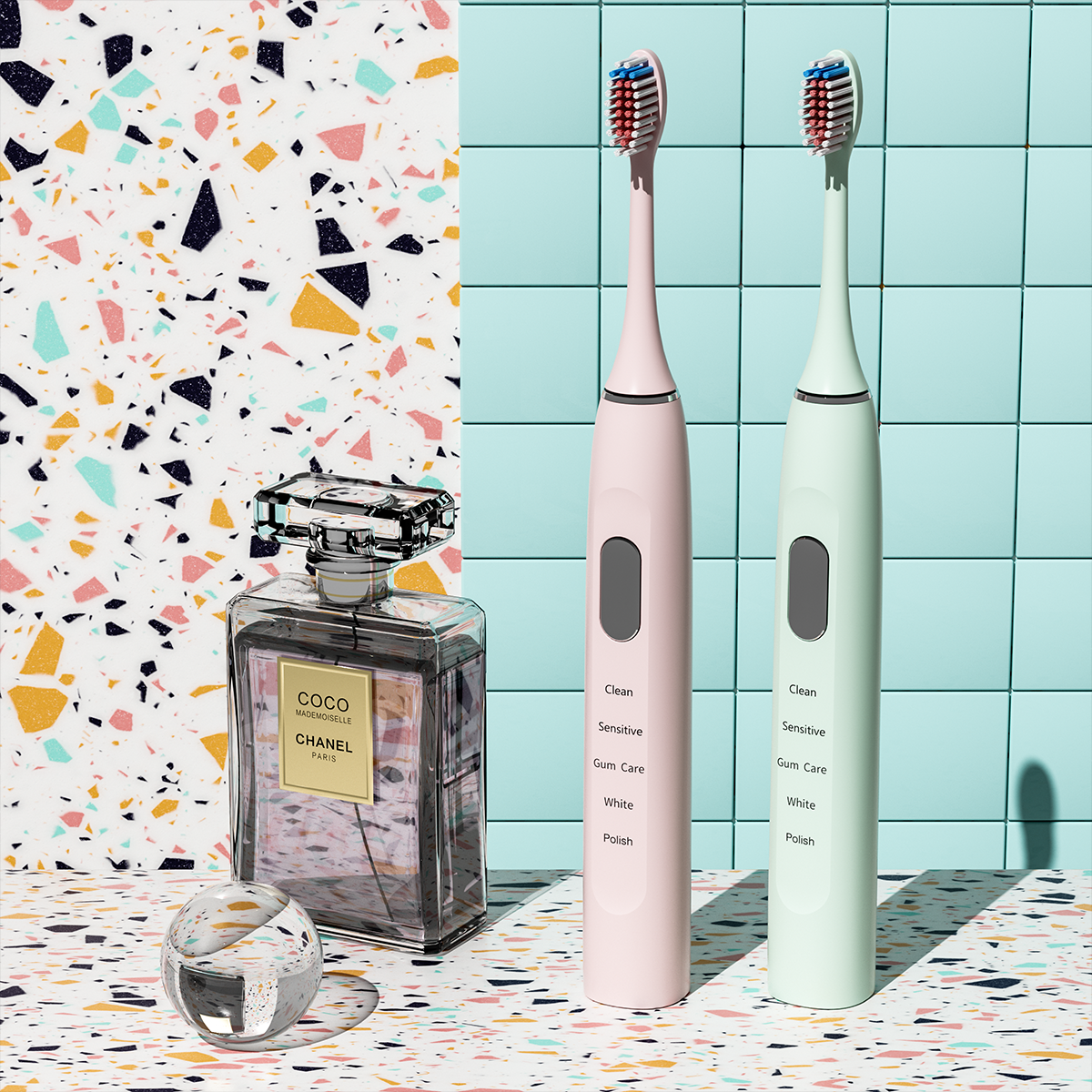
Groom Grooming Gift: Men’s Electric Toothbrush OEM Manufacturing
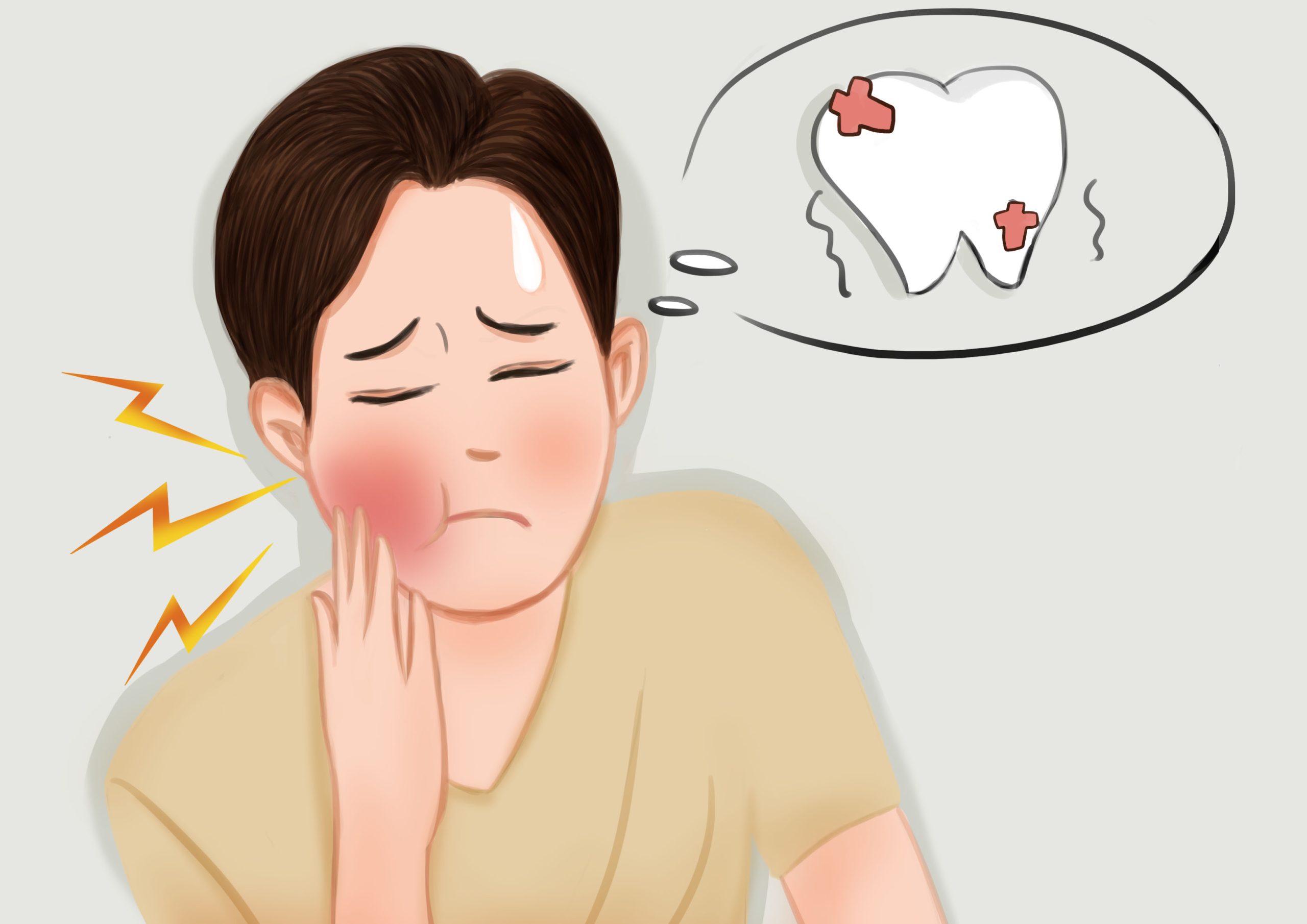
Understanding and Treating Gum Bleeding When Brushing
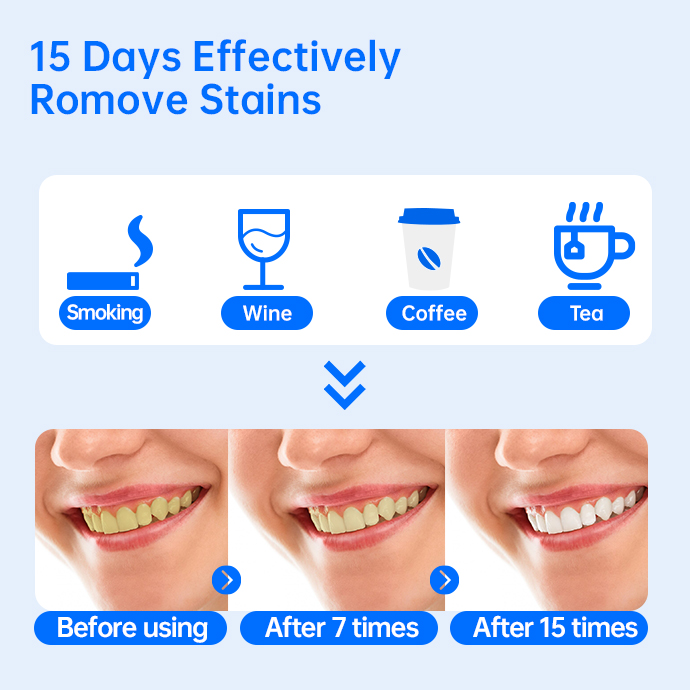
How does dental suction enhance infection control?

electric toothbrush heads Regular Clean

electric toothbrush heads Ultra Soft

electric toothbrush heads Charcoal Infuse-Round

Private Label Whitening Gel

Customization Teeth Whitening Gel
.jpg)
Florida Electric Toothbrush – Powsmart PTR-C8

electric toothbrush heads Deep Clean

Electric toothbrush heads Charcoal Infused-Diamond
whstapp
whstapp
National Toll-Free Service Hotline
+86 755 86238638